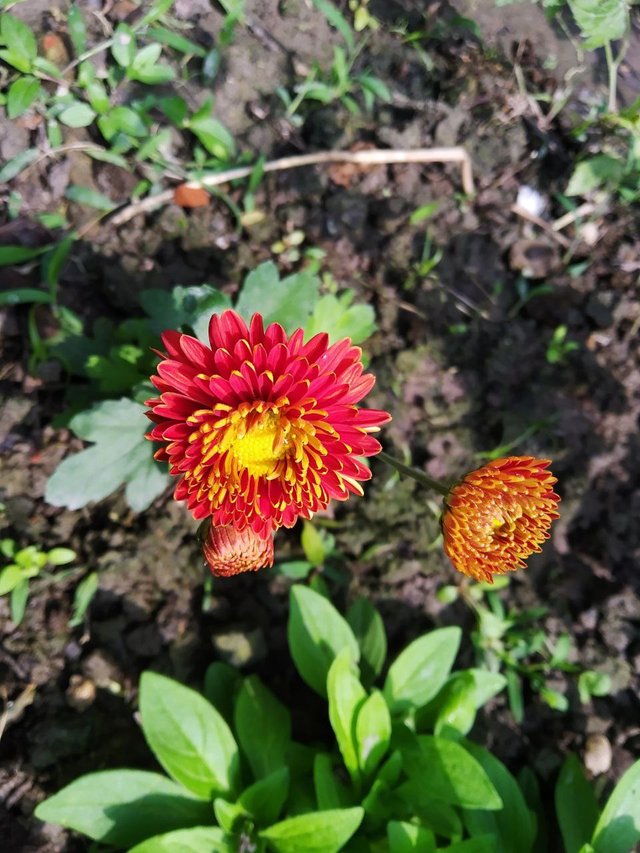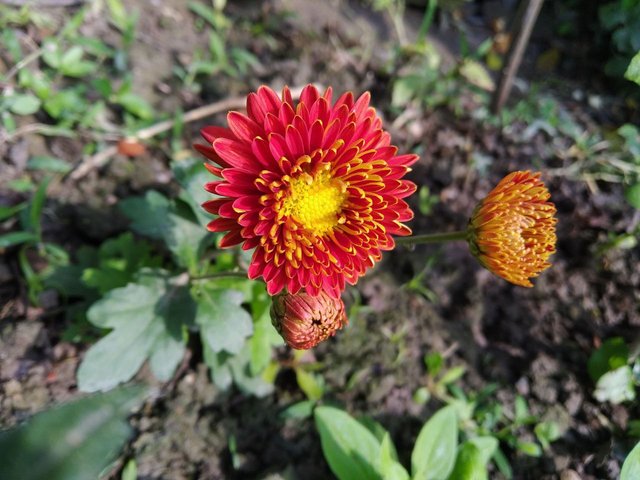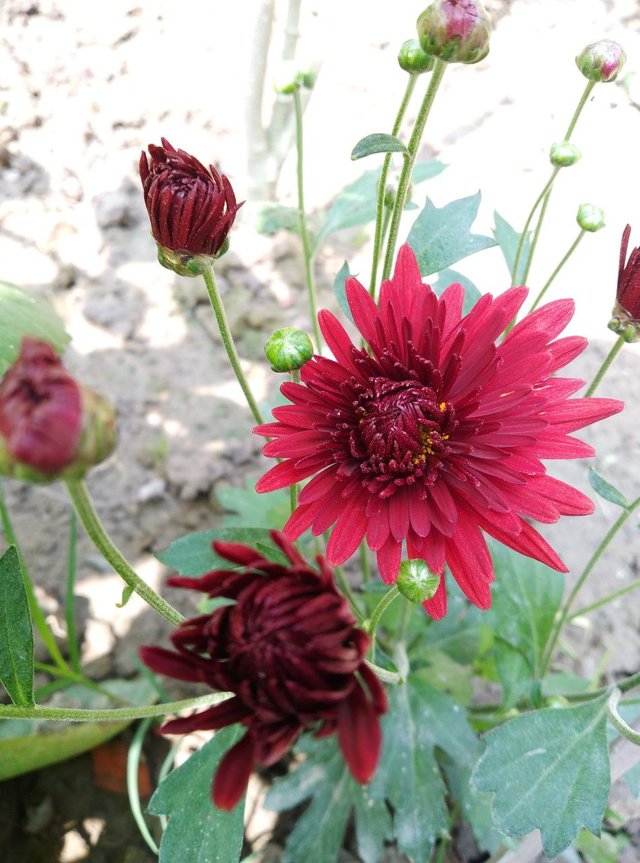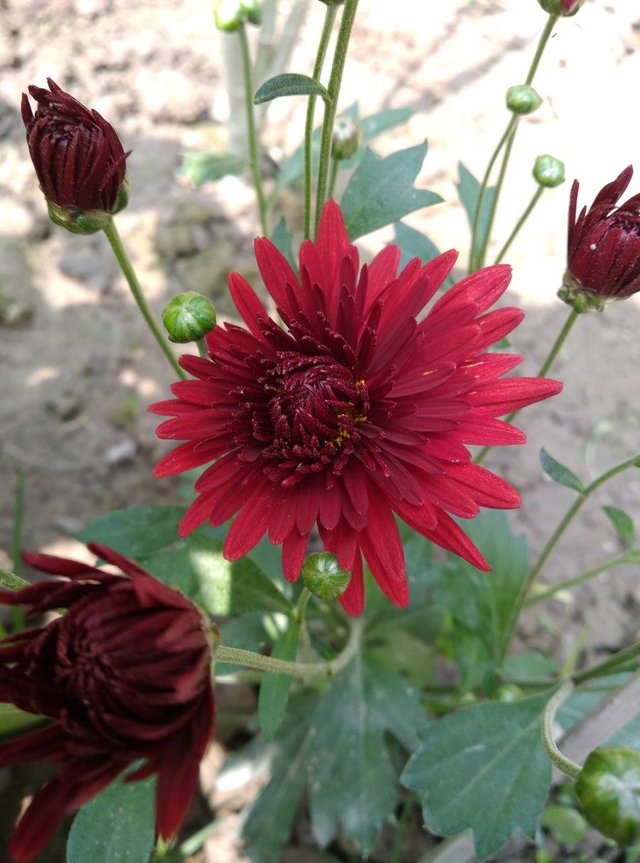Chrysanthemums Flower
Chrysanthemums, commonly referred to as mums or chrysanths, are flowering plants in the Asteraceae family. They are native to Asia and northeastern Europe and are known for their showy and vibrant blooms. Chrysanthemums have been cultivated for centuries and are highly valued for their wide range of colors, shapes, and sizes.

Here are some key features and information about chrysanthemum flowers:
Flower Varieties: Chrysanthemums come in a wide array of varieties, including numerous cultivars and hybrids. The flower forms can be classified into several categories, such as pompons, daisies, spiders, spoons, anemones, and more. The colors include shades of white, yellow, orange, pink, red, and purple, among others.
Growth Habit: Chrysanthemums can vary in their growth habits. Some varieties have a bushy or cushion-like growth habit, while others are more compact and suitable for containers or borders. There are also trailing or cascading varieties that work well in hanging baskets or as ground covers.

Growing Conditions: Chrysanthemums prefer a sunny location with well-drained soil. They require at least six hours of direct sunlight per day to ensure optimal flowering. Adequate air circulation is important to prevent diseases, so it's best to space the plants accordingly. Chrysanthemums are typically grown as perennials, but in colder regions, they may be treated as annuals or brought indoors during winter.
Care and Maintenance: Regular watering is essential for chrysanthemums, especially during dry spells. It's important to keep the soil consistently moist but not waterlogged. Applying a balanced fertilizer during the growing season can promote healthy growth and abundant blooms. Deadheading spent flowers and pinching back the stems can help maintain a compact and bushy shape. In regions with harsh winters, providing a layer of mulch around the plants can protect the roots from frost.
Common Uses: Chrysanthemums are popular as cut flowers and are frequently used in floral arrangements, bouquets, and vase displays. In gardens, they are often planted in flower beds, borders, and containers to provide vibrant autumn color. Chrysanthemum festivals are celebrated in many countries, particularly in Asia, where these flowers hold cultural and symbolic significance.
 Pests and Diseases: Chrysanthemums can be susceptible to pests like aphids, spider mites, and leafhoppers. Regular inspection and appropriate pest control measures, such as insecticidal soaps or organic sprays, can help manage infestations. Some common diseases that affect chrysanthemums include powdery mildew, leaf spot, and root rot. Adequate spacing, proper watering, and good air circulation can minimize the risk of fungal diseases.
Pests and Diseases: Chrysanthemums can be susceptible to pests like aphids, spider mites, and leafhoppers. Regular inspection and appropriate pest control measures, such as insecticidal soaps or organic sprays, can help manage infestations. Some common diseases that affect chrysanthemums include powdery mildew, leaf spot, and root rot. Adequate spacing, proper watering, and good air circulation can minimize the risk of fungal diseases.
Propagation: Chrysanthemums can be propagated from seeds, cuttings, or division. Seeds are usually sown indoors several weeks before the last frost date, and the young plants are then transplanted outdoors. Stem cuttings can be taken from established plants and rooted in a well-draining medium. The division is another method where the clumps of mature plants are divided into smaller sections and replanted.
Chrysanthemums are highly versatile and valued for their beautiful and long-lasting blooms. They are particularly cherished for their ability to bring vibrant color to gardens and floral arrangements, especially in the autumn season. With proper care and attention, chrysanthemums can provide a stunning display of flowers and enhance the beauty of any landscape.

I have captured all the photos using my smartphone Mi 11x Pro. I haven’t edited the photos. If you like my photography then don't forget to support me. Your support will motivate me a lot.
Device Information
Device: Mi 11x pro
Lens: No Lens Used
Captured by @subhadipray
Thank You for Your Visit !!